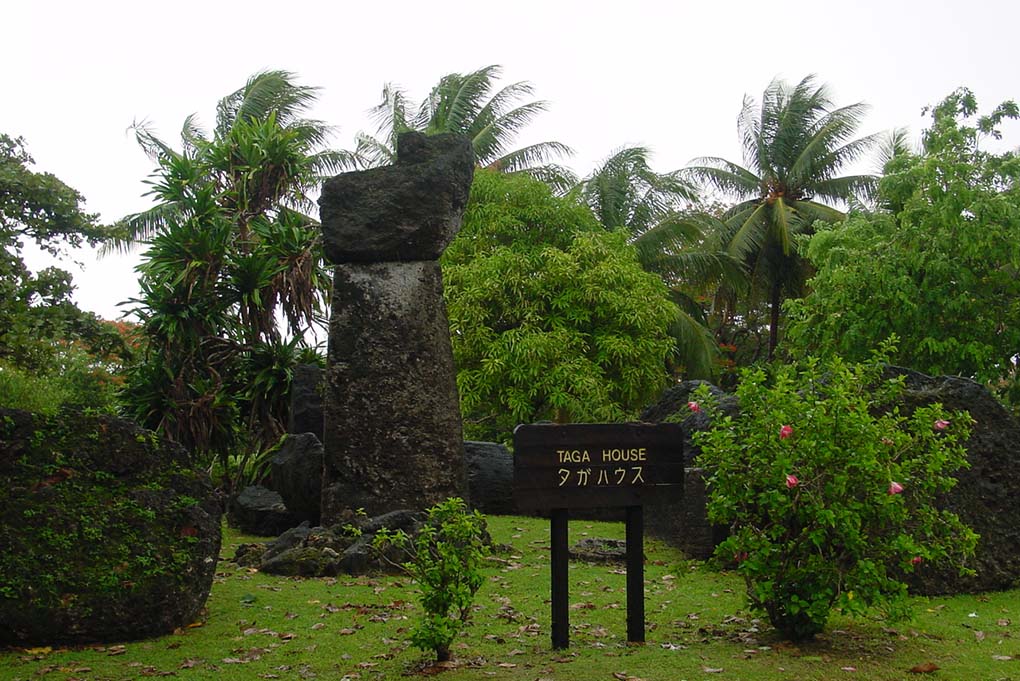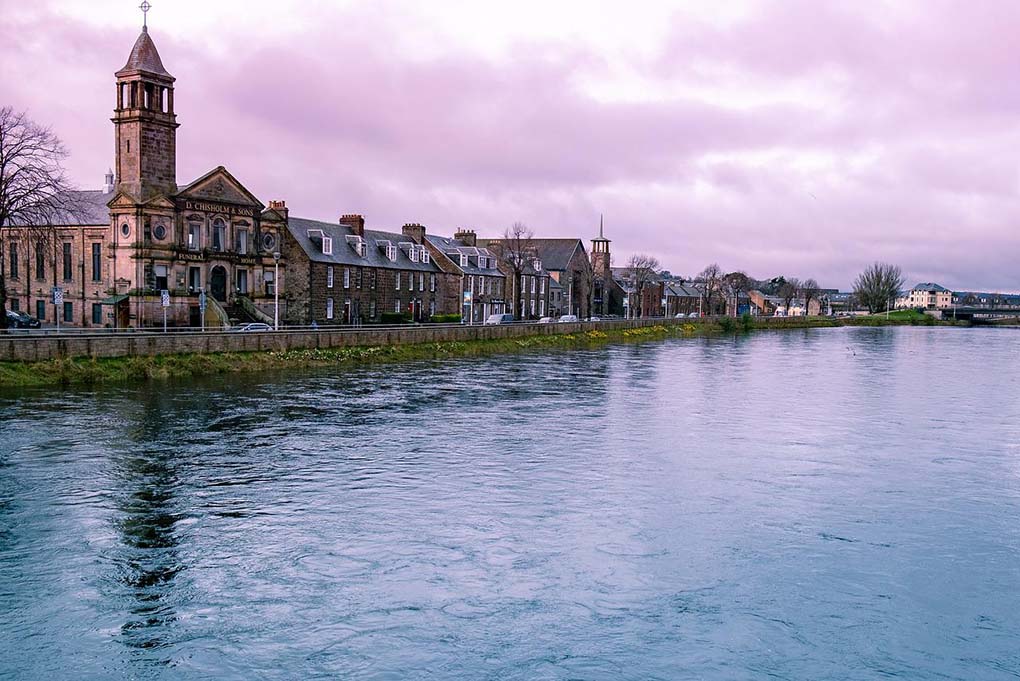Embarking on a journey to Saipan, an island steeped in history, I found myself immersed in the rich tapestry of well-preserved historical architecture.I will meticulously detail my experiences at six iconic landmarks, delving into the services, advantages and drawbacks, specific geographical locations, transportation intricacies from the airport and stations, available discounts, ticket pricing, recommendation scores, and my unfiltered impressions of the booking platforms. Join me on this evocative exploration of Saipan’s ancient charm and impeccably conserved historical sites.
1. Old Man by the Sea: Tranquility Amidst Historical Grandeur
My Saipan journey commenced at the “Old Man by the Sea,” where historical grandeur meets tranquility. Services included guided tours through ancient Chamorro settlements, offering a glimpse into Saipan’s indigenous past. The advantage was the serene coastal location, while the potential drawback included limited visitor amenities.
Transportation:
Saipan International Airport serves as the entry point. From the airport, taxis and rental cars provide convenient access to the Old Man by the Sea. Public buses may also be available, offering a budget-friendly option. Admission fees vary, and online booking streamlines entry.
2. Mount Tapochao: Panoramic Vistas from Saipan’s Pinnacle
My ascent to Mount Tapochao unfolded a panorama of Saipan’s beauty from its highest point. Services included hiking trails and guided nature walks, providing insights into the island’s geological history. The advantage was the breathtaking views, while the potential drawback included challenging terrain for novice hikers.Embarking on the ascent to Mount Tapochao, the highest point on Saipan, was a journey that unfolded a captivating panorama of the island’s beauty. The services offered, including well-marked hiking trails and guided nature walks, not only provided physical adventure but also deepened my understanding of Saipan’s geological history.
The advantage of the Mount Tapochao experience was undoubtedly the breathtaking views that greeted me at every turn. As I climbed higher, the island’s lush landscapes, the azure expanse of the Pacific Ocean, and the surrounding smaller islands revealed themselves in a spectacular display of nature’s grandeur. The sense of accomplishment that came with reaching the summit was heightened by the awe-inspiring vistas that stretched out in all directions.
Guided nature walks offered a unique layer to the journey. The knowledgeable guides shared insights into the island’s geological history, pointing out indigenous flora and fauna, and unraveling the stories written in the rocks beneath our feet. Learning about Saipan’s natural wonders as I ascended added a meaningful dimension to the adventure, connecting me with the island on a deeper level.
It’s important to note that the potential drawback lay in the challenging terrain, especially for novice hikers. The ascent required a certain level of physical fitness and endurance, and the steep sections of the trail demanded careful navigation. Yet, for those willing to take on the challenge, the reward was an experience that transcended the physical exertion—a journey that brought them closer to the heart of Saipan’s rugged beauty.
As I stood atop Mount Tapochao, the trade winds gently playing with my hair, I couldn’t help but marvel at the island spread out beneath me. The blend of adventure, education, and sheer natural splendor made the ascent an unforgettable chapter in my Saipan exploration. It was a testament to the island’s multifaceted allure, where every step revealed not just the physical beauty but also the rich tapestry of history and geology that makes Saipan a truly remarkable destination.
Transportation:
From Saipan International Airport, rental cars or organized tours offer access to Mount Tapochao. Taxis are also readily available. No admission fees apply, making it an accessible destination. Online booking may be unnecessary for standard visits.
3. American Memorial Park: Commemorating Sacrifice and Heritage
Exploring the American Memorial Park immersed me in a tribute to sacrifice and heritage. Services encompassed educational programs and interpretive exhibits. The advantage was the well-curated displays, while the potential drawback included occasional crowded conditions during special events.The park’s services extended beyond mere visitation, offering educational programs and interpretive exhibits that brought to life the stories of courage and dedication that define this sacred space.
The advantage of my time at the American Memorial Park was undoubtedly the well-curated displays that conveyed the weight of history. From the detailed exhibits depicting significant events to the solemnity of the Memorial Court of Honor, every corner of the park seemed to echo with the voices of the heroes it commemorated. The carefully preserved artifacts and thoughtful narratives allowed me to connect on a personal level with the sacrifices made by those who served, making the visit both enlightening and emotionally resonant.

It’s worth noting that the potential drawback lay in the occasional crowded conditions, especially during special events. While the events themselves added a sense of community and shared remembrance, the influx of visitors could make it challenging to fully absorb the quiet reverence that the park typically exudes. Despite this, the shared experience of commemorating the sacrifices made by the brave men and women forged a sense of unity and gratitude among those present.
Participating in one of the educational programs offered by the park added a layer of depth to my visit. The knowledgeable guides provided context to the exhibits, offering insights that enriched my understanding of the historical significance of the park. Learning about the stories behind the names engraved in the Memorial Court of Honor added a personal touch to the experience, making it more than just a visit but a meaningful journey through time.
As I walked through the avenues of the American Memorial Park, surrounded by the lush greenery and the echoes of history, I couldn’t help but feel a profound sense of gratitude. The park stood not just as a memorial but as a living testament to the resilience and sacrifice of those who served. It was a reminder that, amidst the occasional crowds, the essence of the park as a place of reflection and honor remained intact.
Leaving the American Memorial Park, I carried with me a deeper appreciation for the sacrifices made in the name of freedom. The park had not only commemorated the past but had also provided a space for contemplation and remembrance, ensuring that the legacy of courage and dedication would continue to inspire generations to come.
Transportation:
Located in Garapan, American Memorial Park is easily accessible from Saipan International Airport via taxis or rental cars. Public buses may also provide transportation. Admission is free, enhancing accessibility. Online booking is unnecessary for general visits.
4. Suicide Cliff: Echoes of History and Natural Splendor
Suicide Cliff, with its echoes of history and natural splendor, offered a poignant reflection on Saipan’s past. Services included interpretive signage and guided tours, providing historical context. The advantage was the evocative atmosphere, while the potential drawback included limited facilities.
Transportation:
Suicide Cliff is reachable from Saipan International Airport by rental cars or organized tours. Taxis are also available. Admission fees, if applicable, vary. Online booking may streamline access, especially during peak visitor times.
5. House of Taga: Ancient Pillars of Chamorro Legacy
The House of Taga stood as a testament to the Chamorro legacy, with ancient pillars echoing tales of the past. Services offered guided tours and cultural performances, providing insights into pre-colonial Chamorro life. The advantage was the archaeological significance, while the potential drawback included the site’s remote location.Standing before the House of Taga, I felt a profound connection to the rich tapestry of Chamorro history and legacy. This ancient site, adorned with towering pillars that echoed tales of a bygone era, served as a testament to the resilience and ingenuity of the Chamorro people. The House of Taga wasn’t just a collection of stones; it was a living monument to a culture that had withstood the test of time.
The services offered at the House of Taga went beyond the mere exploration of ruins. Guided tours provided a window into the intricacies of pre-colonial Chamorro life, unraveling the stories embedded in the stones and pillars. The guides, with their deep knowledge and passion for Chamorro culture, transformed the visit into a cultural immersion. Additionally, the cultural performances held at the site added a dynamic element, bringing the ancient tales to life through traditional music, dance, and storytelling.
The advantage of visiting the House of Taga was undeniably rooted in its archaeological significance. The carefully preserved remnants of ancient Chamorro structures, including the towering latte stones, offered a tangible link to the island’s past. Walking among the pillars, I couldn’t help but marvel at the engineering prowess of the Chamorro people who constructed these structures centuries ago.

It’s important to acknowledge the potential drawback of the site’s remote location. The journey to the House of Taga might require some effort, but the reward is an untouched archaeological gem nestled in a serene landscape. The remoteness, in a way, added to the mystique of the site, creating an atmosphere of quiet reflection and a sense of stepping back in time.
As I explored the House of Taga, tracing the outlines of the ancient pillars with my fingertips, I felt a deep sense of gratitude for the opportunity to witness and appreciate the enduring legacy of the Chamorro people. The site wasn’t just a collection of stones; it was a bridge that connected the past to the present, allowing me to walk in the footsteps of those who had shaped the island’s history.
Leaving the House of Taga, I carried with me not only the memories of the ancient ruins but also a profound appreciation for the resilience and cultural richness of the Chamorro people. The House of Taga stood as a timeless testament to their legacy, and my journey to this remote site had been a pilgrimage into the heart of Chamorro history and heritage.
Transportation:
Accessing the House of Taga from Saipan International Airport may require rental cars or organized tours. Taxis can also facilitate transportation. Admission fees vary, and online booking may enhance convenience.
6. Bird Island: Nature’s Retreat Amidst Historical Splendor
My Saipan journey concluded at Bird Island, a nature retreat amidst historical splendor. Services included snorkeling excursions and wildlife observation, allowing a harmonious connection with nature. The advantage was the pristine surroundings, while the potential drawback included limited amenities.
Transportation:
Reaching Bird Island from Saipan International Airport may involve organized tours or private charters. Taxis or rental cars can facilitate ground transportation. Admission fees, if applicable, vary. Online booking is recommended for a seamless island experience.
Saipan’s Timeless Elegance Revealed
Saipan’s timeless elegance unfolded before me, revealing a harmonious blend of historical richness and natural beauty. While navigating occasional drawbacks such as challenging terrain and limited facilities, the overall experience was a captivating exploration of an island that preserves its historical legacy with grace.Saipan, with its historical architecture and natural wonders, invites travelers to unravel the stories etched in its time-honored structures and picturesque landscapes.



